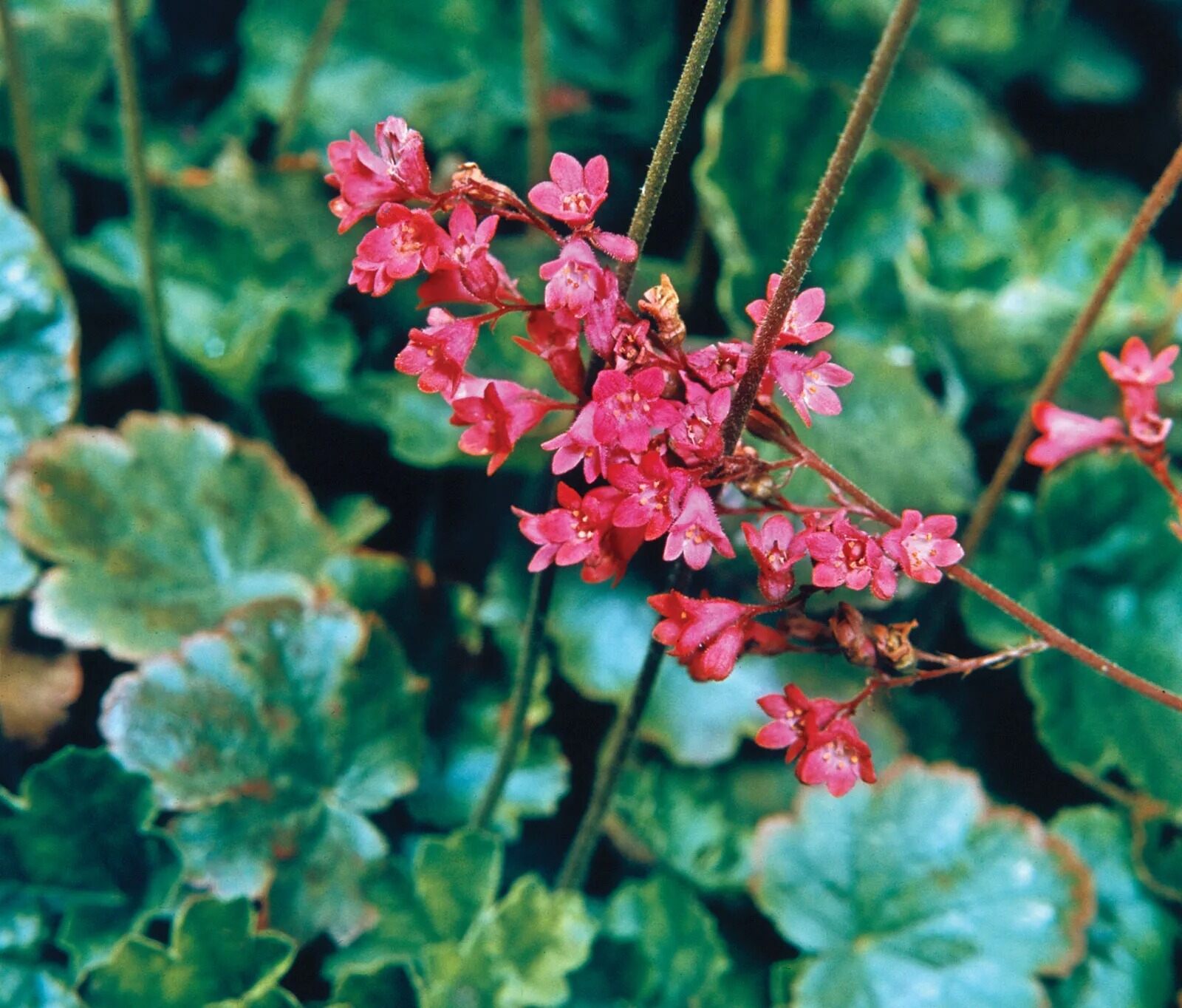
Coral bells, also known as Heuchera, are fascinating plants that bring vibrant colors and textures to gardens. These perennials are native to North America and thrive in various climates. Did you know that coral bells come in a wide range of leaf colors, from deep purples to bright greens? They are not just pretty faces; their flowers attract pollinators like bees and butterflies. One interesting fact is that coral bells can tolerate both sun and shade, making them versatile for different garden spots. Another cool thing is their ability to withstand drought, which makes them low-maintenance. Want to know more about these amazing plants? Keep reading to uncover 25 intriguing facts about coral bells!
What Are Coral Bells?
Coral bells, also known as Heuchera, are popular perennials admired for their vibrant foliage and delicate flowers. These plants are native to North America and thrive in various garden settings.
- Heuchera is the scientific name for coral bells.
- They belong to the Saxifragaceae family.
- Coral bells are known for their colorful leaves, which can range from green to purple, red, and even silver.
- These plants produce small, bell-shaped flowers that bloom in late spring to early summer.
- The flowers attract pollinators like bees and hummingbirds.
Growing Conditions for Coral Bells
Understanding the ideal growing conditions can help your coral bells thrive. They are relatively low-maintenance but do have some specific needs.
- Coral bells prefer partial shade but can tolerate full sun in cooler climates.
- They thrive in well-drained soil with a pH level between 6.0 and 7.0.
- Regular watering is essential, but the soil should not be waterlogged.
- These plants are drought-tolerant once established.
- Adding organic mulch can help retain moisture and keep the roots cool.
Varieties of Coral Bells
There are numerous varieties of coral bells, each with unique characteristics. Knowing some popular types can help you choose the right one for your garden.
- Heuchera 'Palace Purple' is known for its deep purple leaves.
- Heuchera 'Lime Rickey' features bright lime-green foliage.
- Heuchera 'Caramel' has leaves that change from gold to peach.
- Heuchera 'Obsidian' boasts nearly black, glossy leaves.
- Heuchera 'Marmalade' offers ruffled, amber-colored leaves.
Benefits of Growing Coral Bells
Coral bells are not just beautiful; they also offer several benefits to your garden. These advantages make them a favorite among gardeners.
- They are deer-resistant, making them ideal for areas with high deer populations.
- Coral bells can be used as ground cover due to their spreading habit.
- They are excellent for container gardening.
- The plants can help with erosion control on slopes.
- Coral bells are relatively pest-free, reducing the need for chemical treatments.
Caring for Coral Bells
Proper care ensures that your coral bells remain healthy and vibrant. Here are some tips to keep them looking their best.
- Deadheading spent flowers can encourage more blooms.
- Dividing the plants every 3-4 years helps maintain their vigor.
- Applying a balanced fertilizer in early spring can promote growth.
- Pruning damaged or dead leaves improves the plant's appearance.
- Protecting the plants from extreme cold with a layer of mulch can prevent winter damage.
The Final Word on Coral Bells
Coral bells, or Heuchera, are more than just pretty plants. They bring color, texture, and life to gardens. With over 50 species, these perennials thrive in various climates. Their vibrant foliage ranges from deep purples to bright greens, making them a gardener's favorite.
Heuchera plants are low-maintenance, needing minimal care once established. They attract pollinators like bees and butterflies, boosting your garden's ecosystem. Plus, their ability to thrive in shade makes them versatile for different garden spots.
Whether you're a seasoned gardener or a newbie, coral bells offer beauty and practicality. Their resilience and stunning appearance make them a top choice for any garden. So, next time you're planning your garden, consider adding these colorful, hardy plants. You'll enjoy their charm and the benefits they bring to your outdoor space.
Was this page helpful?
Our commitment to delivering trustworthy and engaging content is at the heart of what we do. Each fact on our site is contributed by real users like you, bringing a wealth of diverse insights and information. To ensure the highest standards of accuracy and reliability, our dedicated editors meticulously review each submission. This process guarantees that the facts we share are not only fascinating but also credible. Trust in our commitment to quality and authenticity as you explore and learn with us.


